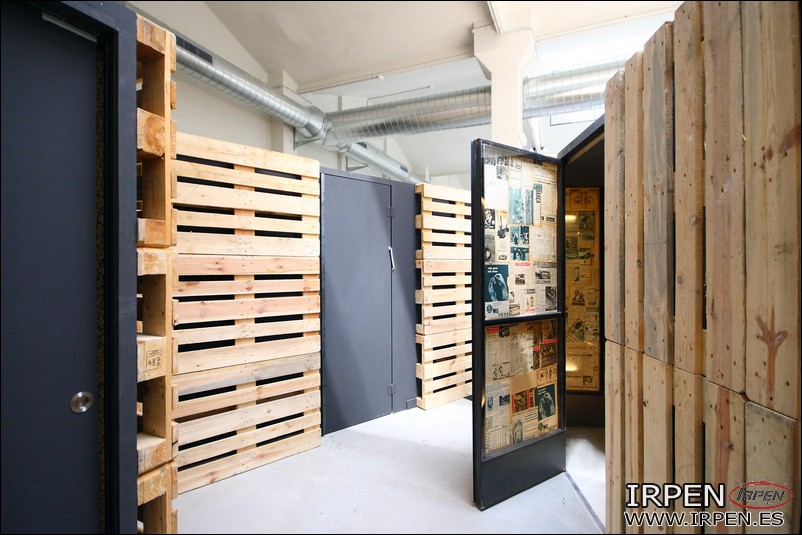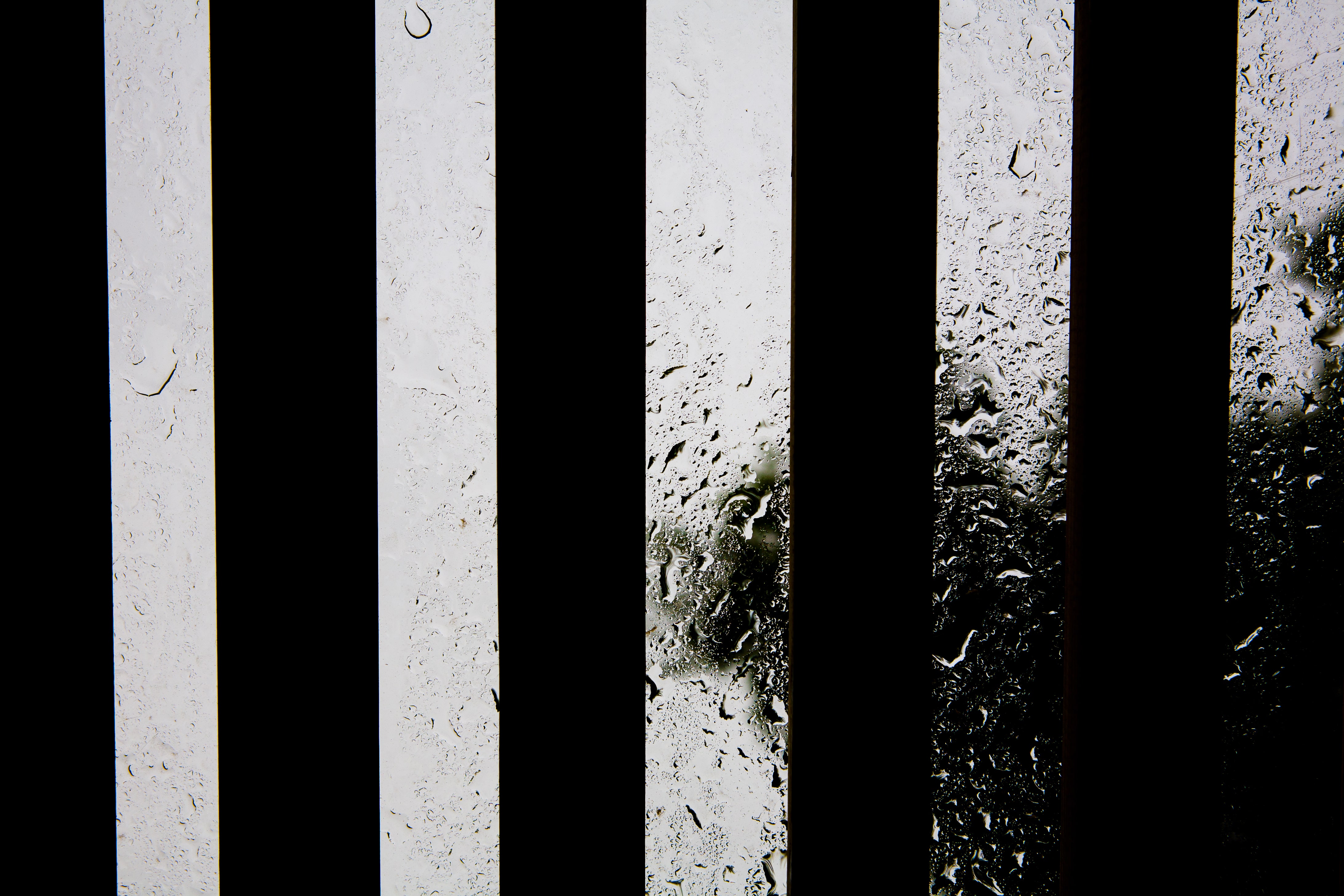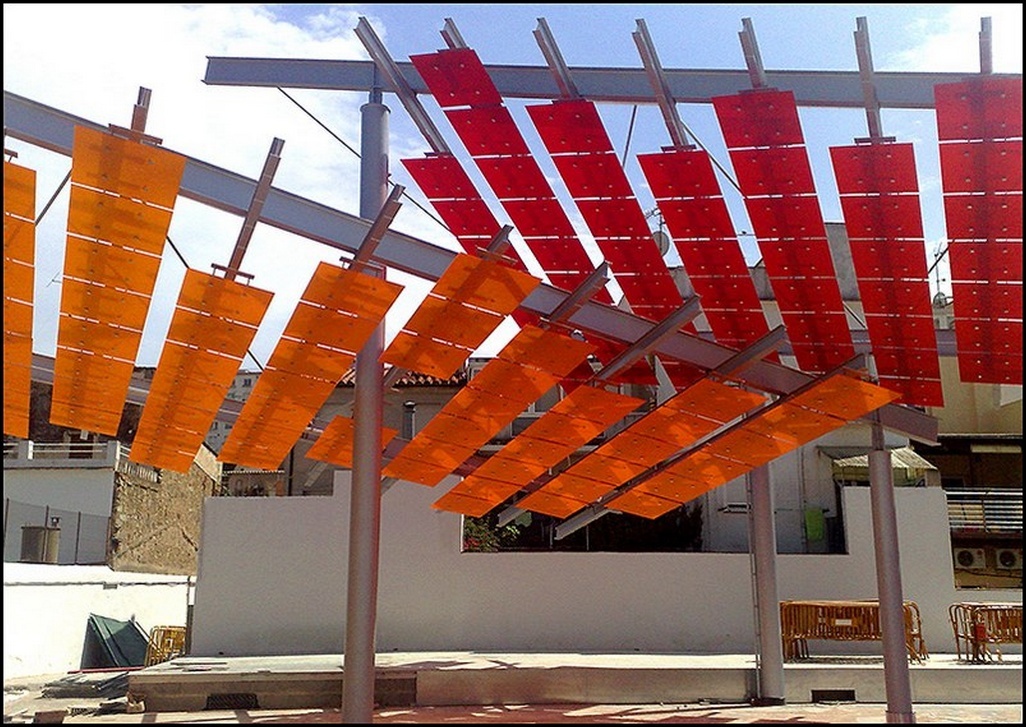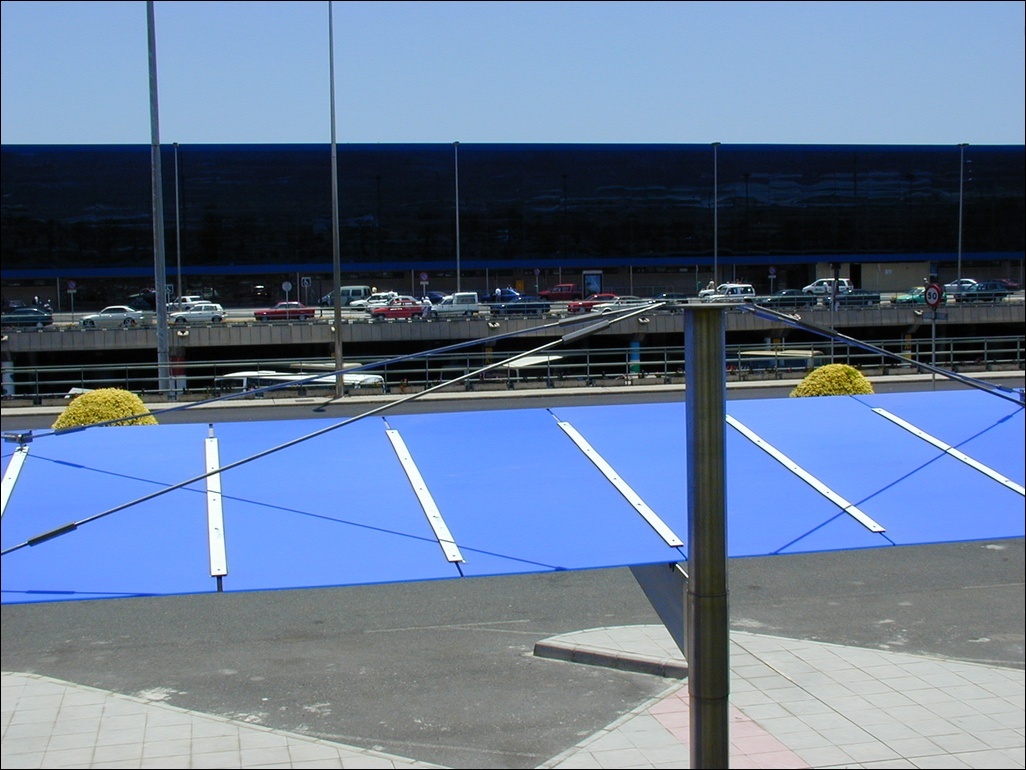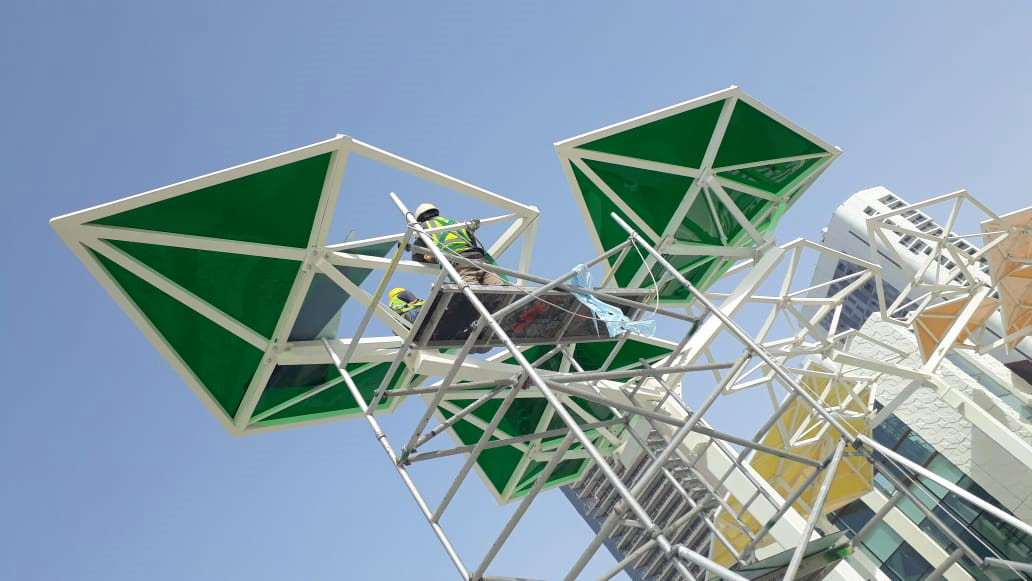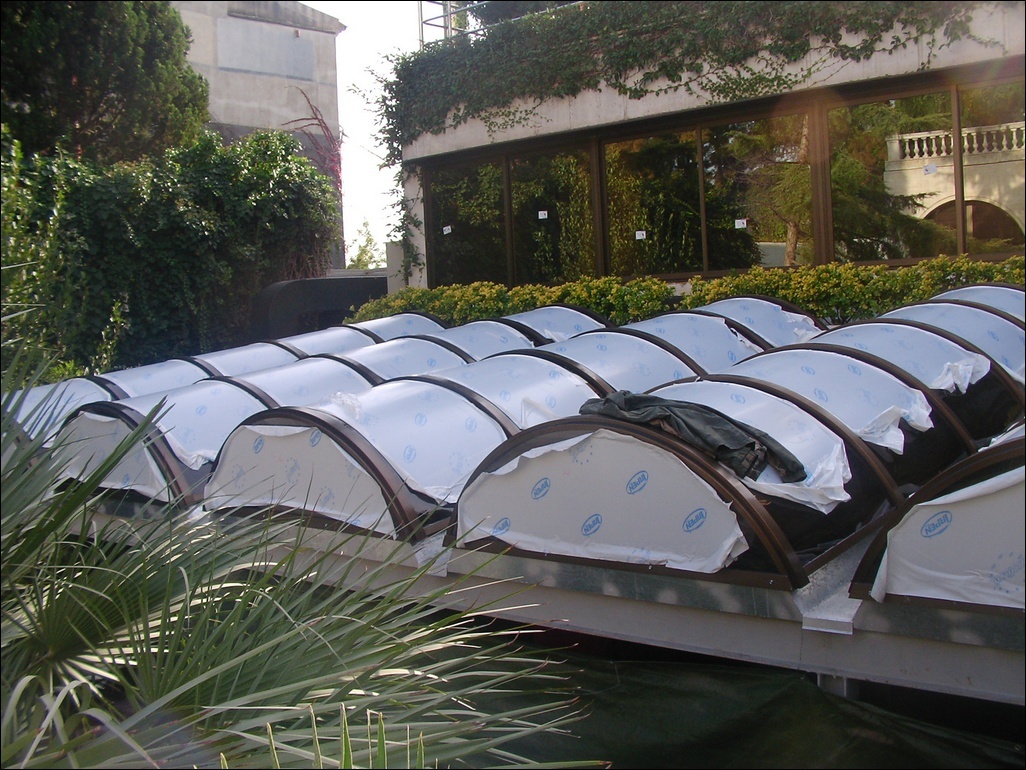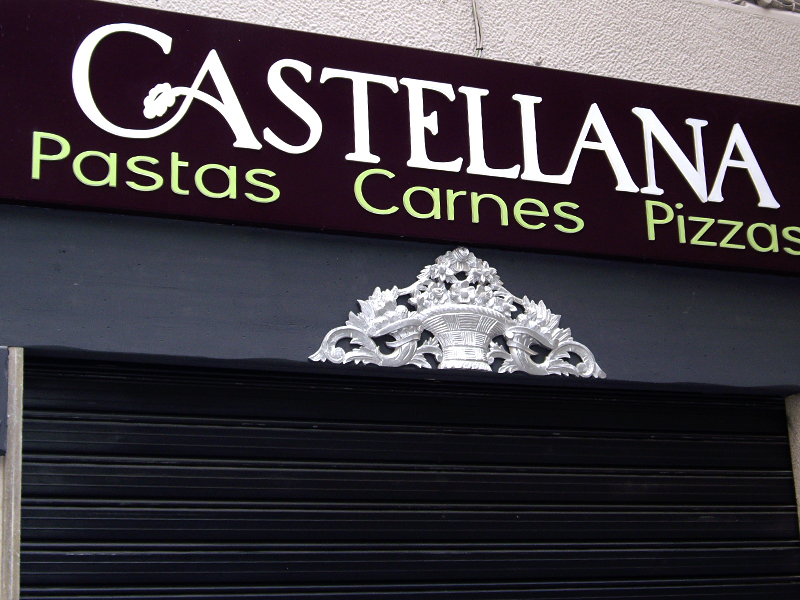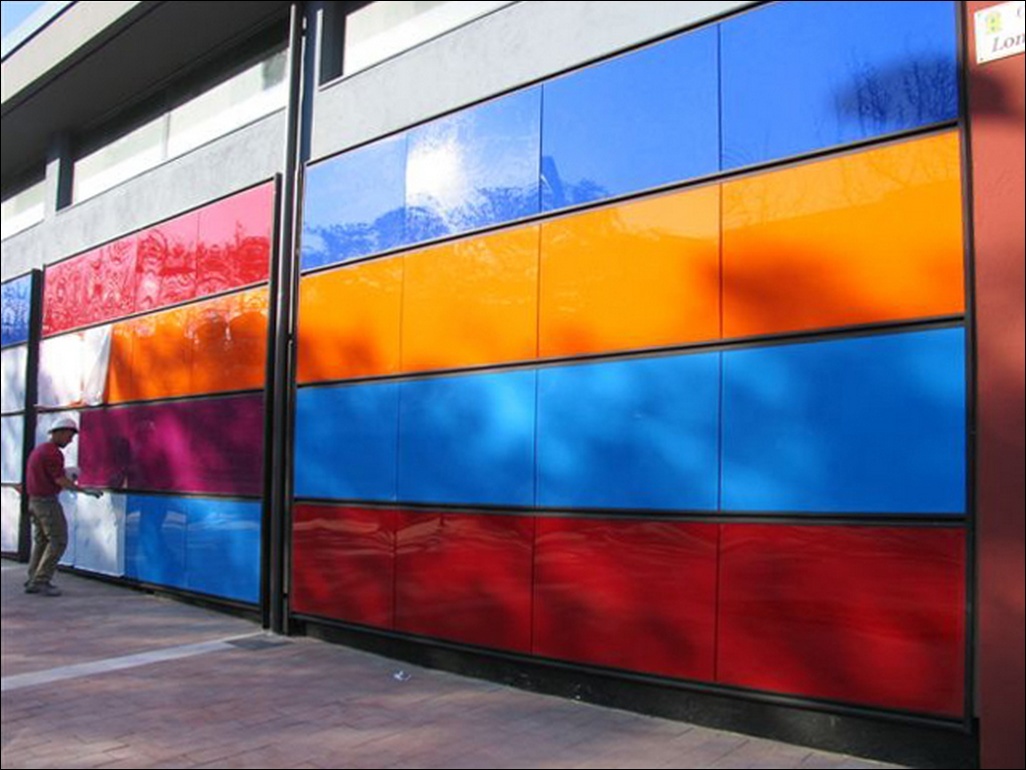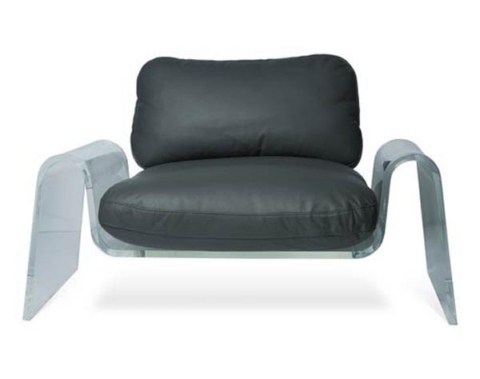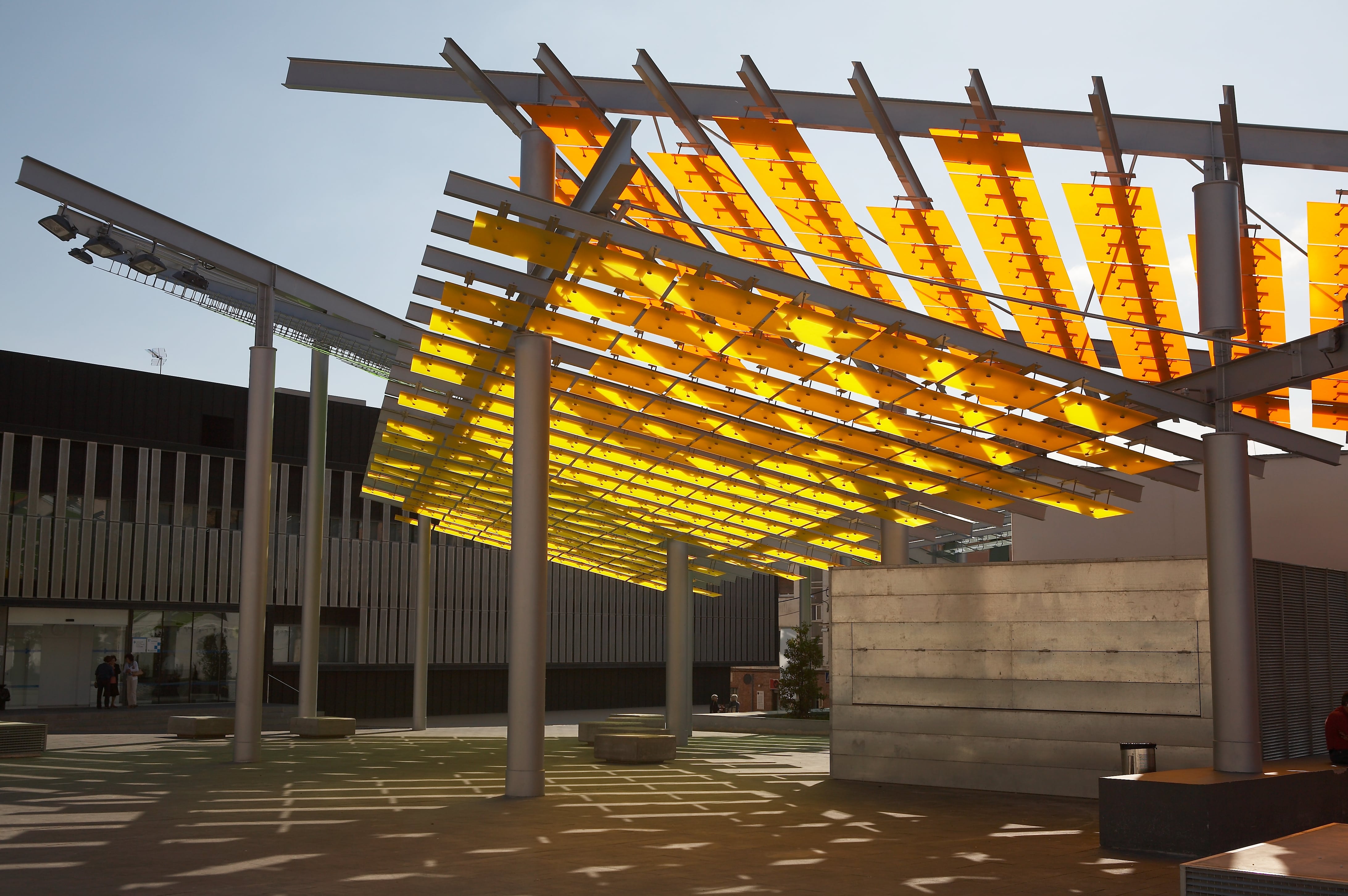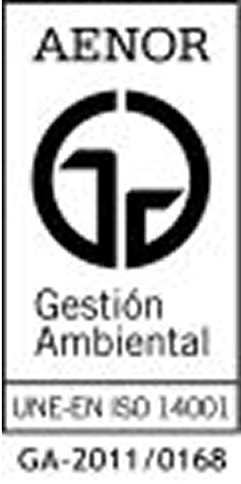Recycled Acrylic
PIE circularity report 2021 - Analysis of the study and conclusions

Plastics are necessary in our daily lives, so their sustainability is essential, so we must continue working to eliminate the presence of their waste in the environment.
Plastics Europe is the pan-European association for plastic raw materials. Its approximately 100 associate members represent more than 90% of total polymer production in Europe. And among its main missions is the search for solutions to move towards a sustainable plastic industry, which is based on the circular economy and provides solutions to the current climate challenge.
This spring, the organization presented the 2nd edition of its study: “Circular Economy for Plastics — A European Overview”. With this, the PIE has generated a work tool that facilitates a better understanding of the current situation and the adaptation to a circular economy of plastics.
The report develops an in-depth analysis at European level during 2020, which could be summarized in the following points:
- A global vision of the life cycle of plastics
Analyzing from the production, consumption, collection and treatment of waste.
- Evolution of the production and use of recycled plastics
Assessment of the increase in the use of materials made from raw materials from recycled plastics and sectors of application.
- Comparison between packaging waste produced and the objectives set by European regulations
The data obtained in 2020 are studied and compared with the objectives set out in the European law on packaging and packaging waste (PPWD) and by the Circular Plastics Alliance (CPA).
- Types of recycling, evolution, chemical recycling.
A global vision of the life cycle of plastics
The circular and climate-neutral plastic economy is a model in which all phases of the chain (production/use/management) are carried out with a focus on sustainability.
By prioritizing:
Based on the data extracted from the study between 2018 and 2020, it is concluded that the trend is positive and we are moving towards greater circularity. Since:
- The production of plastics (polymerization) decreased by 10.3%.
- Recycling increased by 8.5% of post-consumer plastic waste.
- Waste sent to landfill without treatment decreased by 4.3%.
- Energy recovery grew 0%.
- Recycled post-consumer plastics increased by 11%.
- The use of post-consumer recycled plastics in new products increased by 15% (4.6 Mt).
- New plastic products manufactured with the highest proportion of post-consumer recycled plastics increased by 1.3% (from 7.2% to 8.5%).
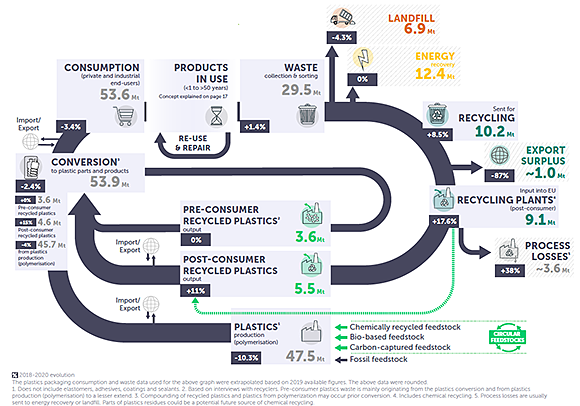
- Evolution of the production and use of recycled plastics
Assessment of the increase in the use of materials made from raw materials from recycled plastics and sectors of application.
Evolution of the production and use of recycled plastics
Currently, the raw material used in most of the plastics produced is of fossil fuel origin. In addition to requiring investment, the transition to a circular plastic economy requires research. To do this, you need:
- Research of new raw materials not dependent on fossil fuel, such as biological origin or based on the capture and use of carbon.
- Promotion of the use of plastics from recycled origin in different applications.
The objective is to contribute to complying with the Paris and Glasgow Agreements and the EU of 2050, to achieve climate neutrality, based on the promotion of these actions.
Based on data from the report between 2018 and 2020, it follows that it is evolving favorably, but not at the right speed to meet the objectives established by European regulations.
Since:
In 2020, 10 MTn of post-consumer plastics were sent for recycling:
9.1 mTn were treated in EU27+3.
After the classification/cleaning/recycling process, 5.5 MTn of post-consumer recycled plastics ended up being produced, and 3.6 MTn was lost in the waste treatment process. The objective is to improve the level of performance of recycled plastics with the quality requested by the market.
Separative collection of plastic waste results in higher recycling and utilization rates.
0.9 MTn of post-consumer waste was exported outside the EU27+3.
They increased by 1.3% (went from 4 mTn to 4.6 mTn), plastic products manufactured from a proportion of post-consumer recycled plastics, of which:
22.8% were allocated to products from the agricultural sector.
16.5% went to the building and construction sector.
And already in a smaller proportion, 6.6%, they went to packaging

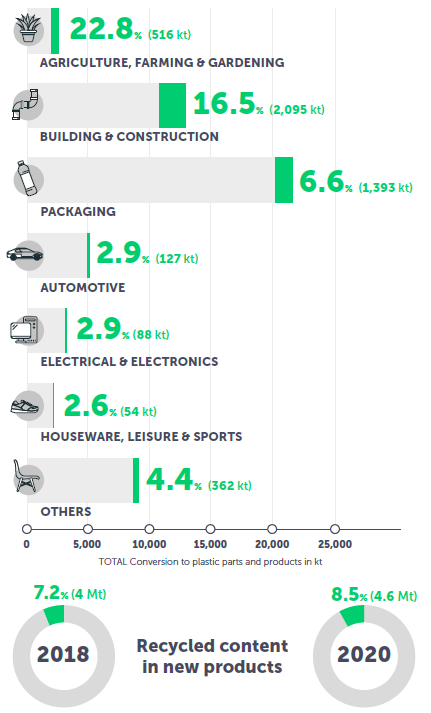
Comparison between packaging waste produced and the objectives set by European regulations
In this section, there has also been a clear improvement according to the data obtained in the study, based on the comparison between 2006 and 2020. Since:
- The amount of post-consumer plastic packaging waste sent to recycling plants has doubled (from 3.2 MTn to 8.2 MTn).
- Although 9.8 MTn of post-consumer plastic packaging waste is still being sent to:
- It increases energy recovery (from 3.8 mTn to 6.7 mTn). For the first time since 2006, the amount sent to this destination has decreased.
- It decreases shipping to landfills (from 7.2 mTn to 3.1 mTn).
- The Compound Annual Growth Rate (CAGR) for this period was around 5.4%. According to calculation estimates, to achieve the PPWD objectives, the growth rate should be 10% per year (approximately doubling the current growth rate).

Types of recycling, evolution, chemical recycling
According to the study, to accelerate the circularity process, the quantity and overall quality of post-consumer recycled plastics must be increased.
In the market we find different technologies for recycling:
- Mechanics: the most used and the one that treats the largest amount of waste.
Although mechanical recycling allows plastic waste to be recycled repeatedly, its properties are progressively lost.
- Chemistry: although used on a smaller scale, it is defined as indispensable for the establishment of a circular-neutral plastic industry.
- Types of chemical recycling: depolymerization, pyrolysis and gasification. In all three technologies, the production of recycled plastics is carried out in production plants, through polymerization.
- Through polymerization, plastic waste that is difficult to recycle is transformed into recycled plastics with all their properties.
As a result, the amount of waste sent to energy recovery and landfills decreases.
- Dissolution: by separating polymers from other substances with solvents.


Conclusions of the report
In conclusion, after analyzing the data from 2020, it follows that there is favorable progress in the circularity of plastics. Through:
- Increase in post-consumer plastic waste sent for recycling (8.2 MTn).
- Increase in plastics produced from circular plastics available from plastic waste (4.6 MTn).
- Need to increase the pace of processes, if EU objectives are to be met. Such as the Packaging and Packaging Waste Directive (PPWD) and its goal of 50% plastic packaging recycling by 2025, increasing to 55% by 2030, as well as the Circular Plastics Alliance (CPA) of 10 Mt of recycled plastics used in new products manufactured in Europe by 2025.
Still, with the improvement and working in the right direction, Plastics Europe asks for greater involvement of plastics manufacturers and their partners in the value chain, requesting that:
- Manufacture environmentally designed products, which will improve the reuse, repairability, recycling, and overall sustainability of plastic products.
- The provision of separate recycling of plastic waste is encouraged. Waste collected separately has 13 times higher recycling rates.
- Both sorting and recycling capacity are doubled.
The greater the sorting capacity, the greater the proportion of plastic waste and thus the greater the availability of recycled plastics. However, the construction of new assets for mechanical and chemical classification and recycling takes time, so the decisions made in the next 3 to 5 years will be decisive
Source:
The circular economy for plastics.
An European Overview.
2022 Edition.
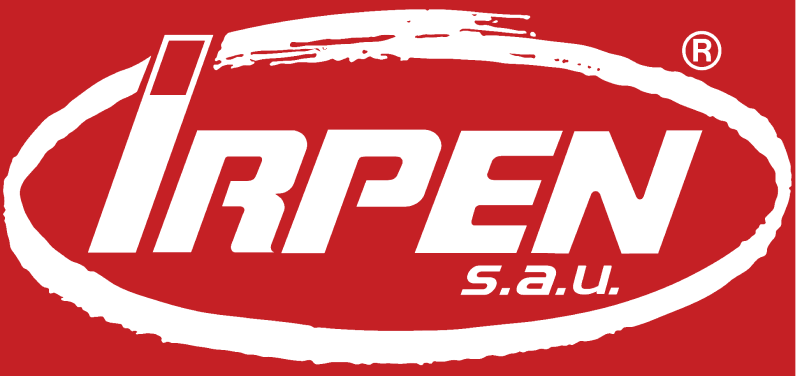





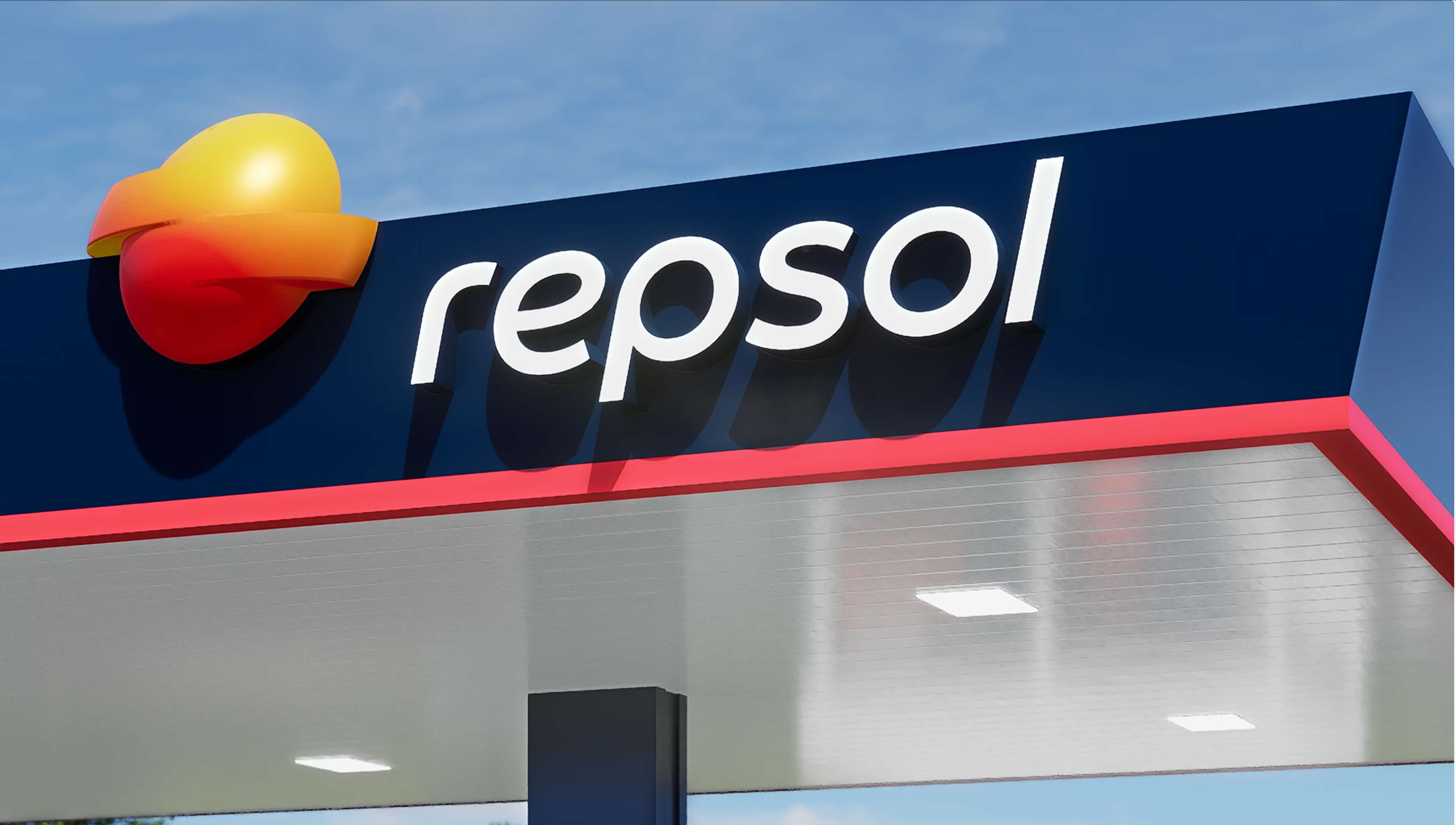

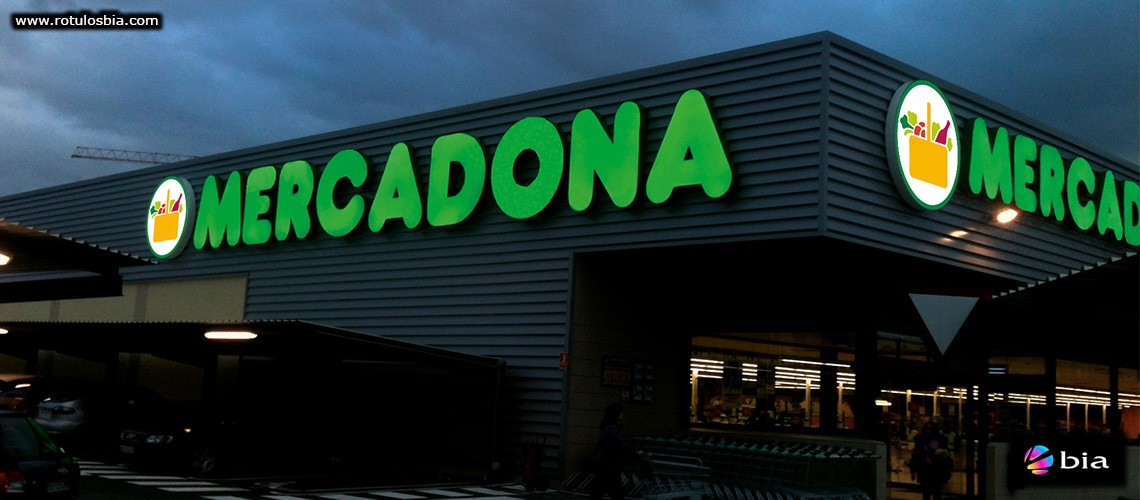




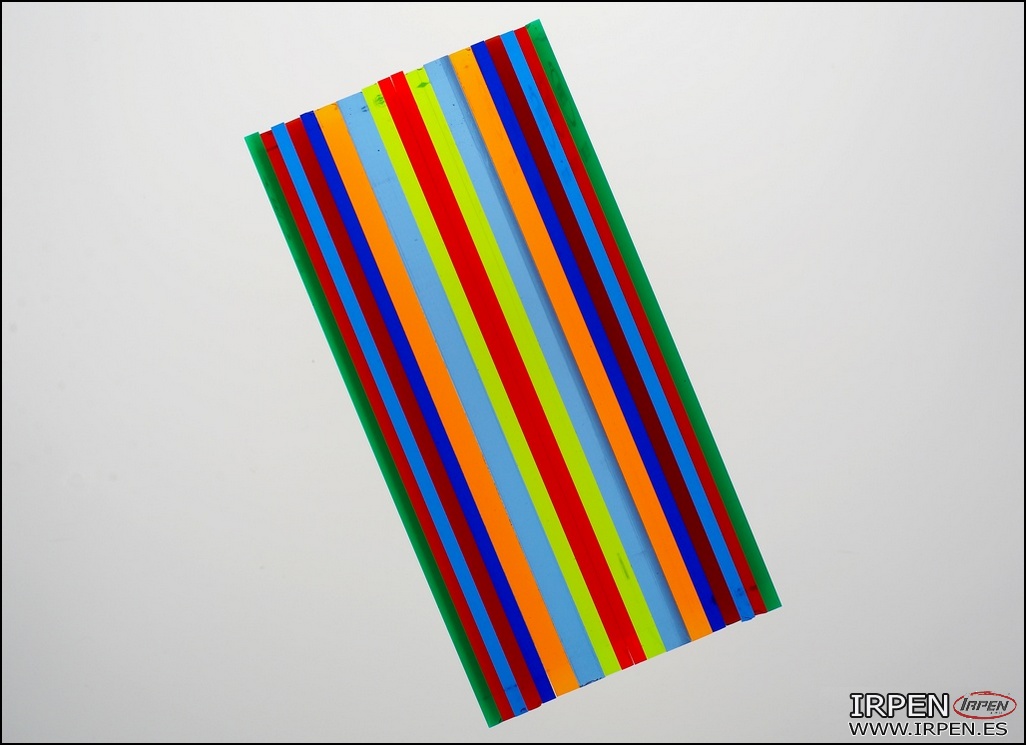
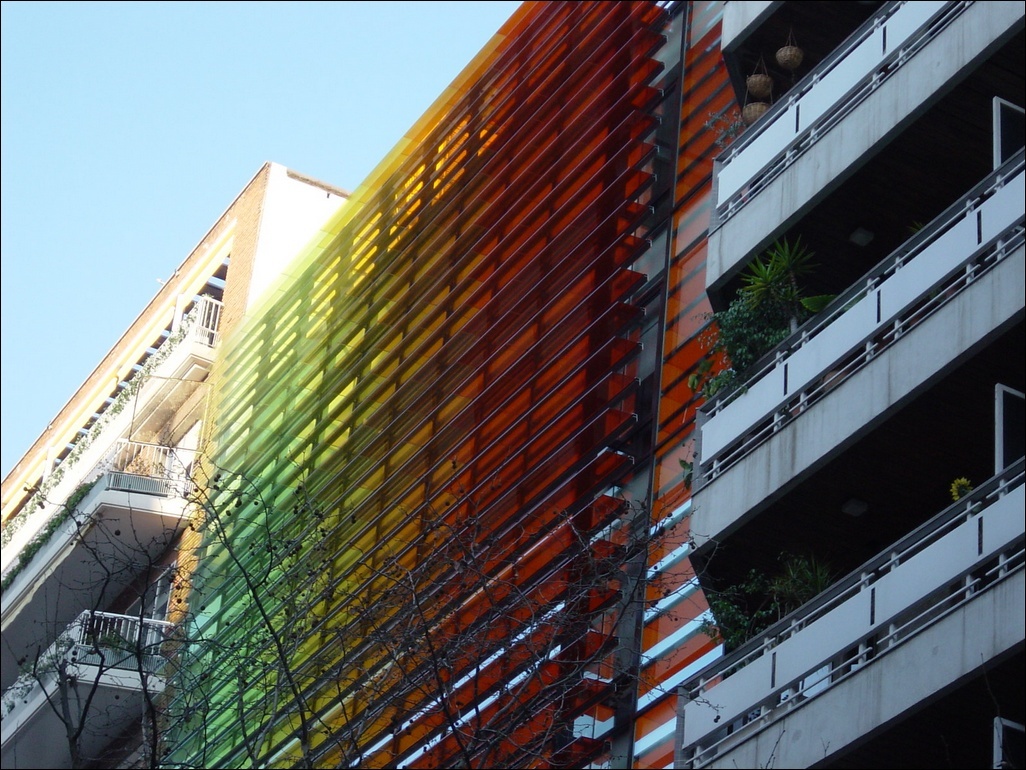
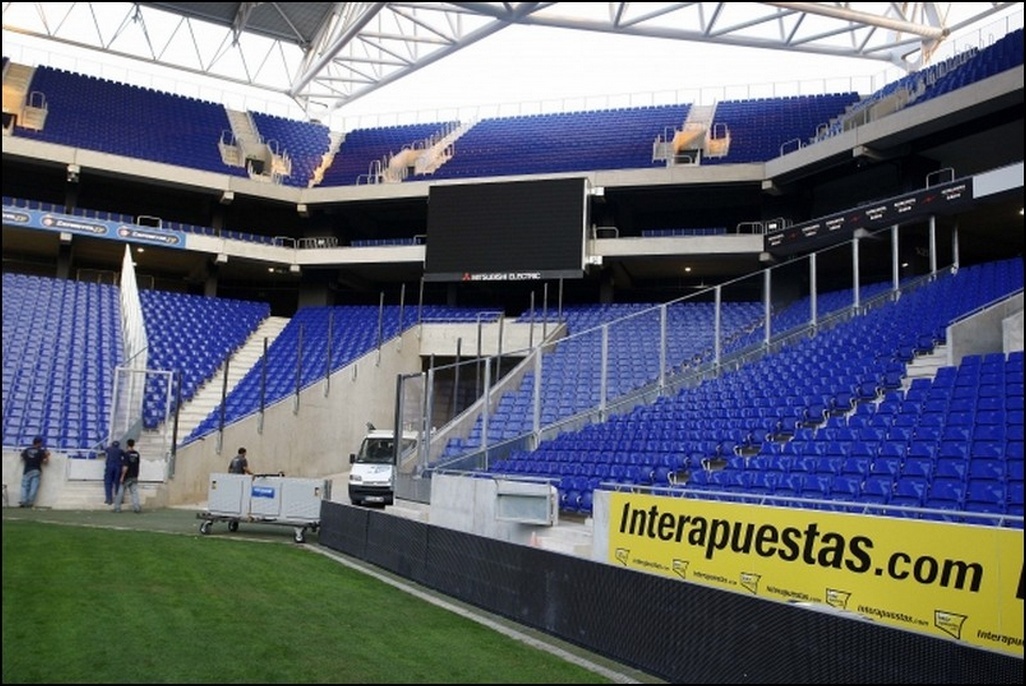

.jpg)


